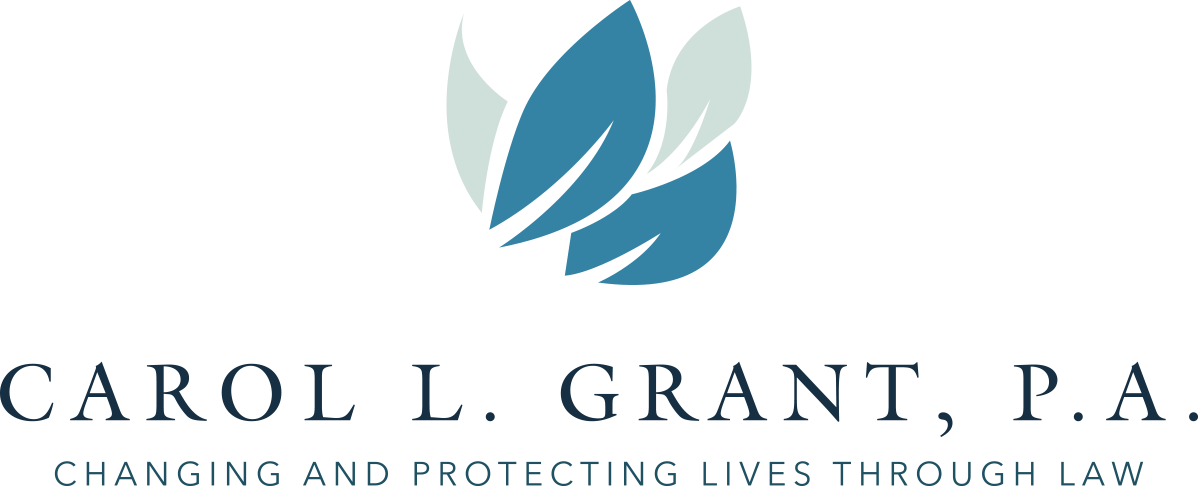Whether you have a will or not, assets may go through the probate process when you die. People use trusts to take assets out of their probate estate, but they don’t always understand the relationship between wills and trusts. This is explored in a recent article “What Assets Should be Included in Your Trust?” from Kiplinger.
Probate can be a long and expensive process for heirs, taking from a few months to a few years, depending on the size and complexity of the estate. Many people ask their estate planning attorney about using trusts to protect and preserve assets, while minimizing the amount of assets going through probate.
Revocable trusts are used to pass assets directly to beneficiaries, under the directions you determine as the “grantor,” or person making the trust. You can set certain parameters for assets to be distributed, like achieving goals or milestones. A trust provides privacy: the trust documents do not become part of the public record, as wills do, so the information about assets in the trust is known only to the trustees. If you become incapacitated, the trust is already in place, protecting assets and fulfilling your wishes.
Estate planning attorneys know there’s no way to completely avoid probate. Some assets cannot go into trusts. However, removing as many assets as possible (i.e., permitted by law) can minimize probate.
Once trust documents are signed and the trusts are created, the work of moving assets begins. If this is overlooked, the assets remain in the probate estate and the trust is useless. Assets are transferred to the trust by retitling or renaming the trust as the owner.
Assets placed in a trust include real estate, investment accounts, life insurance, annuity certificates, business interests, shareholders stock from privately owned businesses, money market accounts and safe deposit boxes.
Funding the trust with accounts held by financial institutions is a time-consuming process. However, it is necessary for the estate plan to achieve its goals. It often requires new account paperwork and signed authorizations to retitle or transfer the assets. Bond and stock certificates require a change of ownership, done through a stock transfer agent or bond issuer.
Annuities already have preferential tax treatment, so placing them in a trust may not be necessary. Read the fine print, since it’s possible that placing an annuity in a trust may void tax benefits.
Certificates of Deposit (CDs) are usually transferred to a trust by opening a new CD but be mindful of any early termination penalties.
Life insurance is protected if it is placed in a trust. However, there are risks to naming the living trust as a beneficiary of the insurance policy. If you are the trustee of your revocable trust, all assets in the trust are considered to be your property. Life insurance proceeds are included in the estate’s worth and could create a taxable situation, if you reach the IRS threshold. Speak with your estate planning attorney to determine the best strategy for your trust and your insurance policy.
Should you put a business into a trust? Transferring a small business during probate presents many challenges, including having your executor run the business under court supervision. For a sole proprietor, transfers to a trust behave the same as transferring any other personal asset. With partnerships, shares may be transferred to a living trust. However, if you hold an ownership certificate, it will need to be modified to show the trust as the shareowner instead of yourself. Some partnership agreements also prohibit transferring assets to living trusts.
Retirement accounts may not be placed in a trust. Doing so would require a withdrawal, which would trigger income taxes and possibly, extreme penalties. It is better to name the trust as a primary or secondary beneficiary of the account. Funds will transfer upon your death. Health or medical savings accounts cannot be transferred to a living trust, but they can be named as a primary or secondary beneficiary.
Careful consideration needs to be made when determining which assets to place within a trust and which should remain as part of your probate estate. Your estate planning attorney will know what is permitted in your state and what best suits your situation.
Reference: Kiplinger (Jan. 16, 2022) “What Assets Should be Included in Your Trust?”








